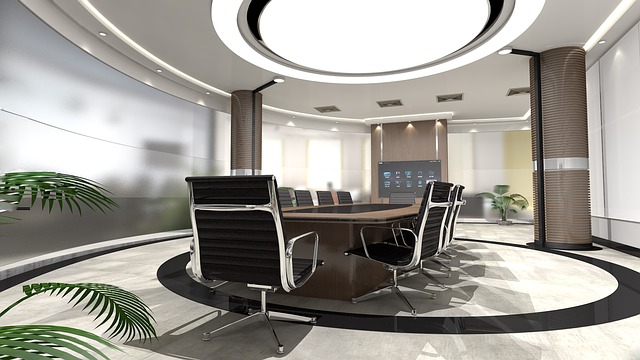Creating a Well-Being Focused Office Space

In the ever-evolving landscape of modern workplaces, the concept of well-being has taken centre stage, shaping how office spaces are designed and function. The integration of well-being into these environments goes beyond mere aesthetics; it’s a testament to the growing understanding of its impact on productivity and employee satisfaction.
Creating a space that prioritises comfort, health, and overall mental wellness is not just an option, but a necessity in fostering a vibrant and effective workplace. This shift towards a well-being-focused office design is redefining the traditional office setup, paving the way for a more holistic approach to work life.
The Importance of Well-Being in Modern Workspaces
In today’s fast-paced corporate world, staff satisfaction has emerged as a key factor in defining the quality of workspaces, reflecting the importance of well-being at work. Recognising the undeniable link between employee well-being and their performance, many businesses are rethinking their office designs. A well-conceived workspace that prioritises employee health and mental wellness not only boosts morale but also enhances productivity.
This shift from purely functional spaces to ones that promote holistic well-being underscores a deeper understanding of what motivates and sustains a productive workforce. Embracing this concept is crucial for companies aiming to thrive in a competitive environment where employee satisfaction is as important as their output.
Attracting Talent: Well-Being as a Priority for Potential Employees
In an era where job seekers have myriad options, prioritising well-being in office design becomes a significant draw for attracting top talent. Prospective employees often weigh the work environment as heavily as other job perks.
An office that radiates a commitment to staff well-being sends a strong message about the company’s values, making it more appealing to those seeking a positive and nurturing work culture. This approach not only attracts skilled professionals but also fosters loyalty, as employees are more likely to stay with a company that invests in their overall well-being.
Key Strategies for Fostering Well-Being in the Office
Designing for well-being is emerging as one of the top trends in office design for 2023. This approach encompasses ergonomic furniture to support physical health and a variety of spaces for different needs, like break rooms and quiet areas.
A focus on adjustable lighting and soundproofing for noise control is also gaining traction, along with incorporating elements of nature into the workspace. These strategies are pivotal in creating an office that not only ensures physical comfort but also nurtures mental well-being, proving essential in contemporary workspace design.
Designing for Well-Being: Ergonomic Furniture and Beyond
Ergonomic furniture is a cornerstone of a well-being-focused office design. Chairs that provide proper back support, height-adjustable desks, and ergonomic keyboard trays are fundamental to ensuring physical comfort during work hours.
The scope of designing for well-being goes beyond just furniture. Adjustable lighting systems, for instance, play a crucial role in creating a comfortable work environment. They allow for personalised light settings to reduce eye strain and improve focus, catering to the varying needs of employees throughout the day.
Similarly, soundproofing is essential in busy office settings. It minimises distractions and noise pollution, thus enhancing concentration and reducing stress. Alongside these, incorporating natural elements like indoor plants and maximising natural light contributes to a healthier, more serene work atmosphere.
The Role of Technology in Enhancing Workplace Well-Being
Technology is increasingly integral to enhancing workplace well-being. Modern offices are adopting tools and software to encourage regular breaks and maintain a healthy work environment which inadvertently leads to increased productivity and concentration.
Advancements include smart office features like adjustable lighting and temperature controls, which significantly contribute to comfort and well-being. The use of apps for stress management and mental health support is also on the rise, showcasing technology’s growing role in fostering a well-being-focused office space.
Mental Health and Well-Being: Creating Supportive Environments
Addressing mental health is key in well-being-focused office design. This involves more than physical space planning; it includes fostering a supportive work culture.
Creating quiet areas for relaxation or meditation, providing mental health resources, and designing workspaces that reduce stress are essential components. By integrating mental health considerations into the office environment, businesses can cultivate a supportive and comprehensive well-being-focused workplace.

